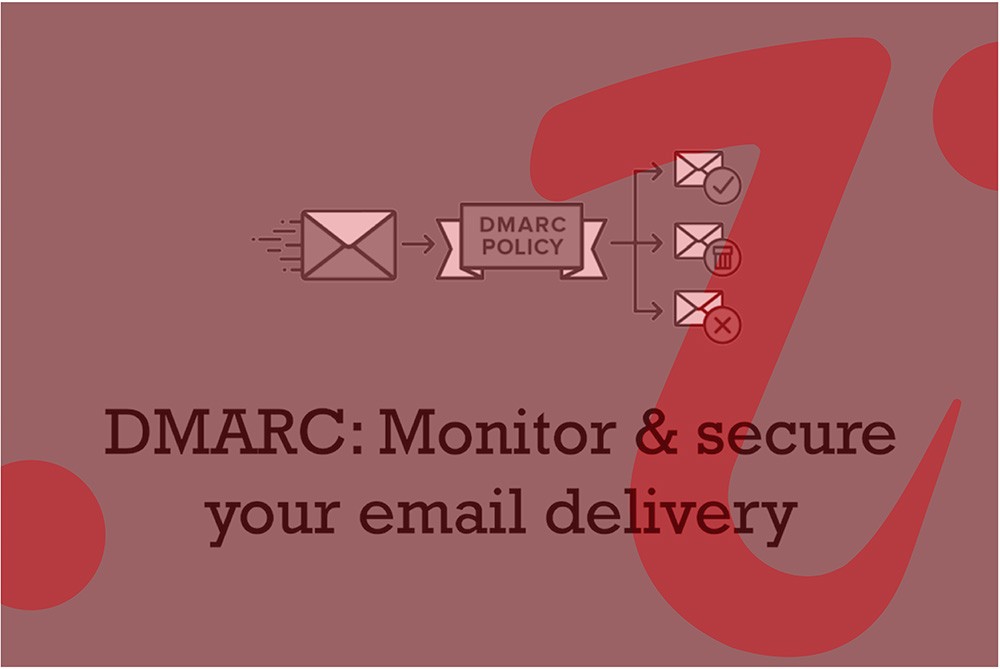Navigating the Challenges of DMARC Implementation

As the DMARC (Domain-based Authentication Reporting and Conformance) standard continues to mature, more organizations than ever before are implementing it to protect their customers and their brand from email fraud.
Table of Contents
Challenges
DMARC helps ensure that legitimate email is properly authenticating against established DKIM (DomainKeys Identified Mail) and SPF (Sender Policy Framework) standards and that fraudulent activity appearing to come from domains under a brand’s control is blocked.
With DMARC, senders can instruct email providers on how to handle unauthenticated mail via a DMARC policy. Senders can either:
- Monitor all mail to understand their brand’s email ecosystem without impacting the delivery of messages that fail DMARC
- Quarantine messages that fail DMARC (e.g., move them to the spam folder)
- Reject messages that fail DMARC (e.g., never deliver the message to the inbox)
But implementing DMARC can get complicated quickly. Here are the three most common DMARC implementation challenges and ways to mitigate them.
Challenge 1: Identifying the Right Resources
Email security is a shared responsibility among different teams, such as security, fraud prevention, marketing, incident response, DNS administrators, mail stream owners, vendors, and others. The most effective DMARC implementations involve a combination of these teams and resources. Identifying all the teams with a vested interest in email security upfront will better position your organization for success.
Challenge 2: Getting Visibility into Your Email Ecosystem
Enterprise organizations typically have complex email ecosystems, making it difficult to uncover authentication issues and understand who is sending legitimate email on behalf of the brand. Setting a DMARC policy to “monitor” mode provides visibility into what domains and vendors are sending mail on your behalf, which messages are authenticating, which messages are not, and why.
To begin receiving information about how your email is sending and authenticating, create TXT records in your DNS for your domains. Then, consume and parse the DMARC reports. Making sense of these reports on your own can be challenging, which is why many companies choose to work with a vendor like Return Path. When you have this email data, you can identify authentication problems to address.
Challenge 3: Knowing When to Enforce Policy
Determining when to move from DMARC’s “monitoring” mode to “reject” (when all emails failing DMARC get blocked from the inbox) depends on the domain. Not all emails are created equal; promotional mailings, transactional emails, regulatory emails, and others need to be segmented and handled differently. Conduct an audit of your domains, prioritize them, and assess risk, both in terms of security and deliverability.
If you are working with a vendor, they can help. At Return Path, for example, they offer a dashboard that analyzes authentication results for each domain, suggests authentication action items, and notifies users when their domains are ready for policy.
Challenge 4: Handling Email Forwarding
Email forwarding is a common practice where users forward their emails to other accounts. However, it can break the DMARC authentication chain, leading to email delivery failures. Organizations must understand how email forwarding impacts DMARC and work with email providers to mitigate issues.
Challenge 5: Balancing Deliverability and Security
DMARC implementation can impact email deliverability, as it can block or quarantine messages that fail authentication. Organizations must balance security with deliverability to avoid disrupting legitimate email messages.
Challenge 6: Dealing with Legacy Systems
Some legacy systems may not support DMARC, which can result in email delivery failures or authentication issues. Organizations must identify these systems and work on alternative solutions or upgrades to support DMARC.
Conclusion
In conclusion, DMARC implementation can present several challenges that organizations must address, including identifying the right resources, getting visibility into the email ecosystem, knowing when to enforce policy, handling email forwarding, balancing deliverability and security, and dealing with legacy systems. Despite these challenges, implementing DMARC is worth the effort, as it provides valuable insights into your email program and helps protect your customers and brand from email fraud. By working with trusted vendors, understanding the email ecosystem, and balancing security with deliverability, organizations can successfully implement DMARC and ensure a more secure email environment.







2 thoughts on “Navigating the Challenges of DMARC Implementation”
Comments are closed.